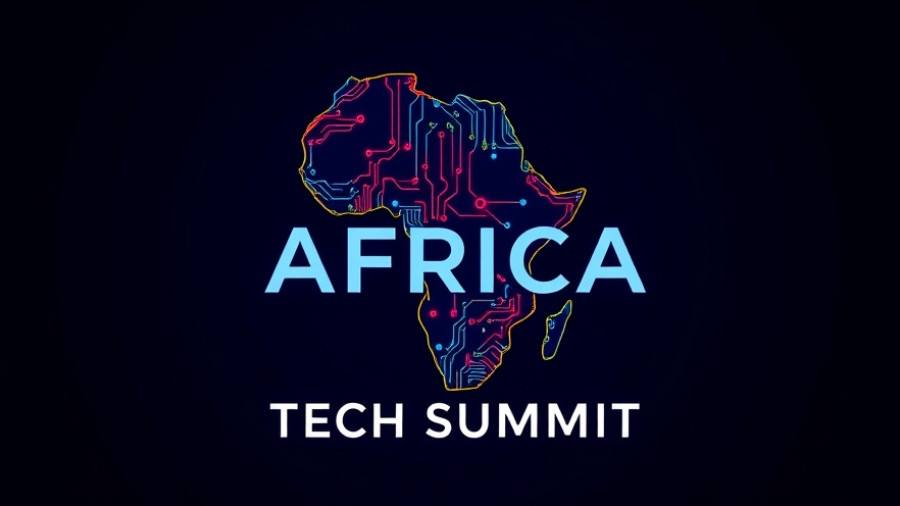
Understanding Stablecoins in Africa: A Path to Financial Inclusion
In recent years, stablecoins have emerged as a pivotal tool for transforming digital payments across Africa. In Nairobi, at the Africa Tech Summit, industry leaders gathered to discuss the challenges and opportunities these digital currencies present. With experts like Victoria Calmon from Mento Labs, Daniel Kimotho of the Celo Foundation, and Sebastien Piolat from Opera, the panel explored how stablecoins can bridge the gap in financial accessibility, addressing a critical need in a continent where traditional banking systems often fall short.
Why Stablecoins Matter in Africa's Financial Landscape
Stablecoins offer a unique proposition: they combine the advantages of cryptocurrencies, like speed and low transaction costs, with the stability of traditional currencies. This is crucial for many African nations, where economic fluctuations can lead to rapid currency devaluation. For instance, as shared in a recent panel discussion, the ability to use stablecoins for transactions can simplify cross-border payments and help businesses manage liquidity without the risks associated with volatility.
Real-World Applications and Success Stories
The success of stablecoins like USDT in markets such as Nigeria showcases their potential. Companies like Yellow Card have demonstrated that stablecoins can facilitate critical transactions for businesses importing goods. For example, local food producers and pharmaceutical firms have started leveraging stablecoins to ensure that critical products are imported smoothly, despite challenges in accessing USD through traditional banks. The operational shift from Bitcoin to stablecoins at Yellow Card illuminates how businesses are adapting to market demands.
Navigating Regulatory Landscapes: A Cautious Advancement
The regulatory landscape for cryptocurrencies and stablecoins in Africa remains complex. Initially met with skepticism, there has been a notable shift in attitudes towards stablecoins, as evident in various African countries establishing licensing regimes. In nations like South Africa, Nigeria, and Mauritius, governments are beginning to see stablecoins not just as a speculative tool but as a significant innovation that can enhance the financial system. Regulatory bodies are now working to create frameworks that protect consumers while fostering growth in this new sector.
Educational Initiatives: Bridging the Knowledge Gap
Despite the vast potential, one of the significant barriers to the adoption of stablecoins in Africa is financial literacy. Many consumers and small business owners are unfamiliar with digital currency technologies. Efforts must be directed towards educating these communities about the functionalities of stablecoins, their benefits, and how to navigate this new financial landscape. Programs aimed at enhancing financial technology literacy can empower individuals to adopt and utilize these innovations confidently.
The Future of Payments in Africa: Opportunities and Predictions
The future of stablecoins in Africa appears promising, with expectations for widespread adoption in the years to come. As infrastructure improves and mobile penetration deepens, coupled with a growing acceptance of digital finance, stablecoins could become a regular part of everyday transactions for individuals and businesses alike. This shift could drive not only economic growth but also encourage entrepreneurship as access to capital becomes easier. As initiatives to enhance regulation and education continue, Africa is poised to potentially lead in the global adoption of stablecoins.
Conclusion: Embracing the Digital Transformation
As the landscape of finance continues to evolve, the potential of stablecoins to drive innovation and inclusivity in Africa cannot be overlooked. They are more than just a technological advancement; they represent a transformative opportunity to empower both individuals and businesses across the continent. To stay informed and actively engage in this space is essential for business owners, tech enthusiasts, and policymakers alike.
If you're keen on understanding more about stablecoins and their impact on Africa's economy, consider participating in local discussions, workshops, and forums that focus on fintech innovations. Together, we can shape the future of finance in Africa.
 Add Row
Add Row  Add
Add 




Write A Comment